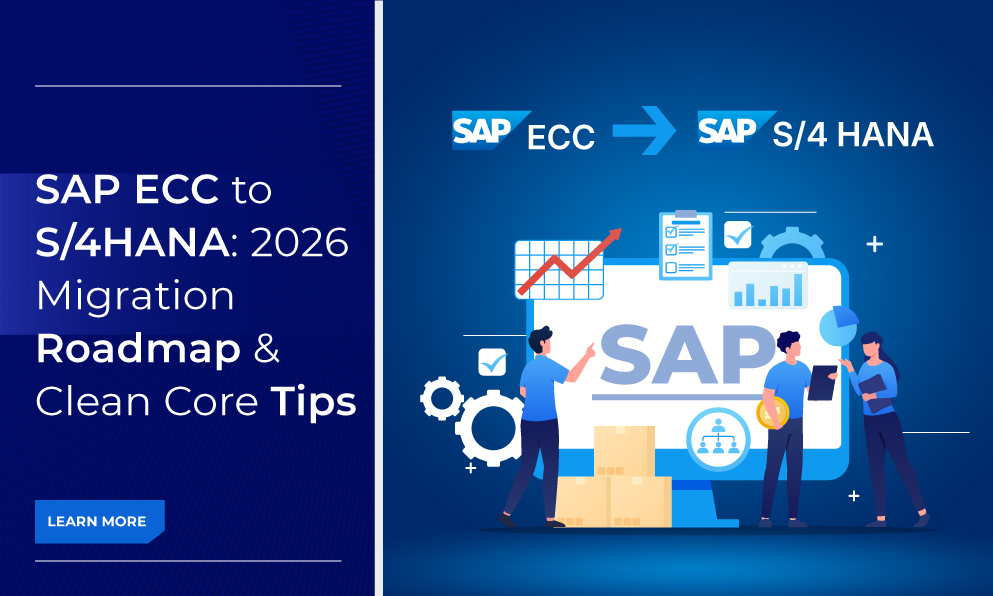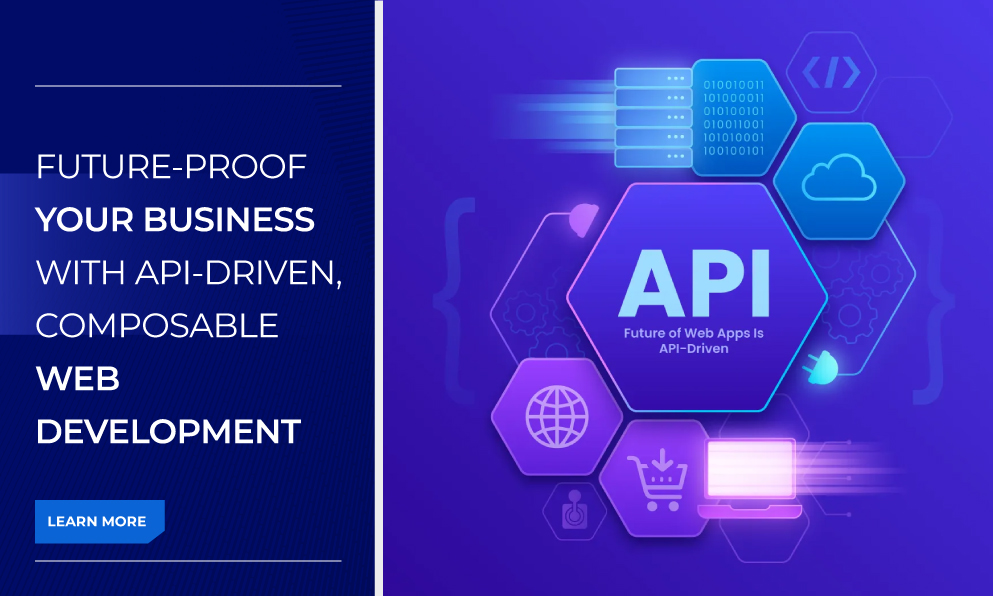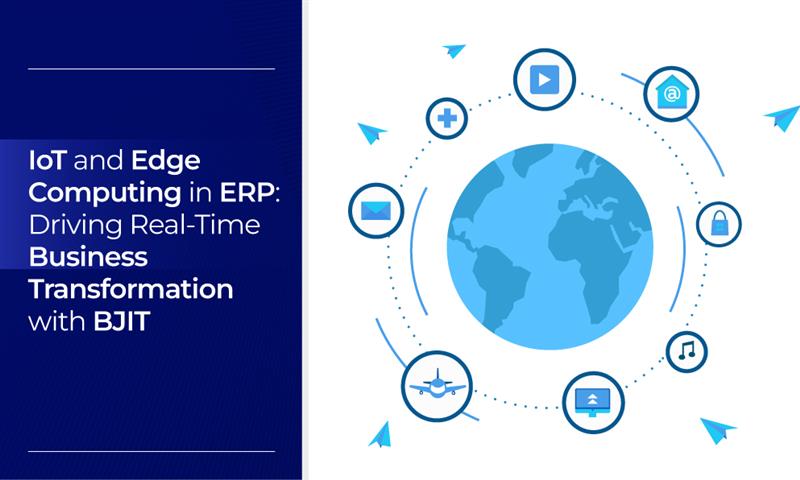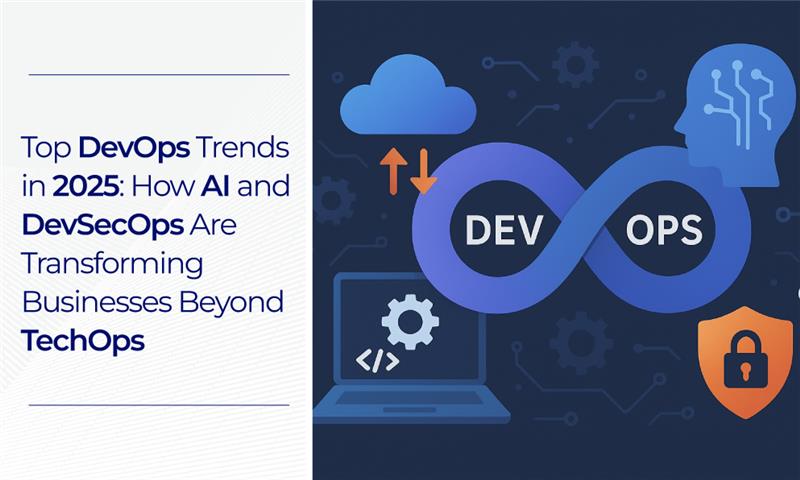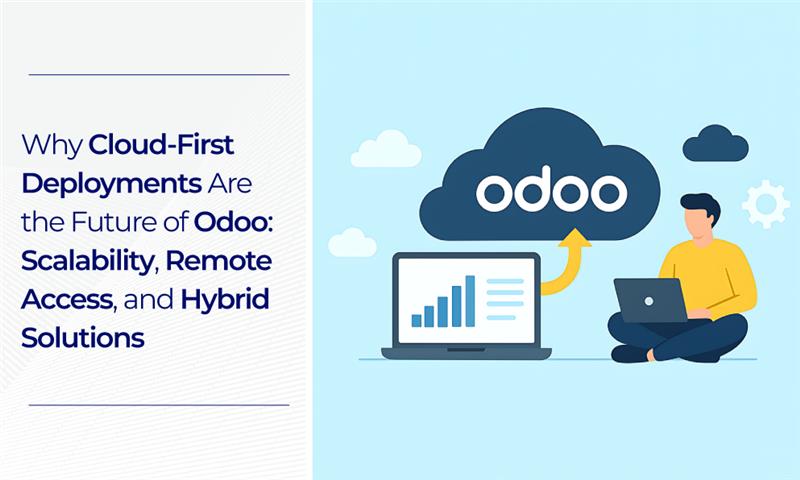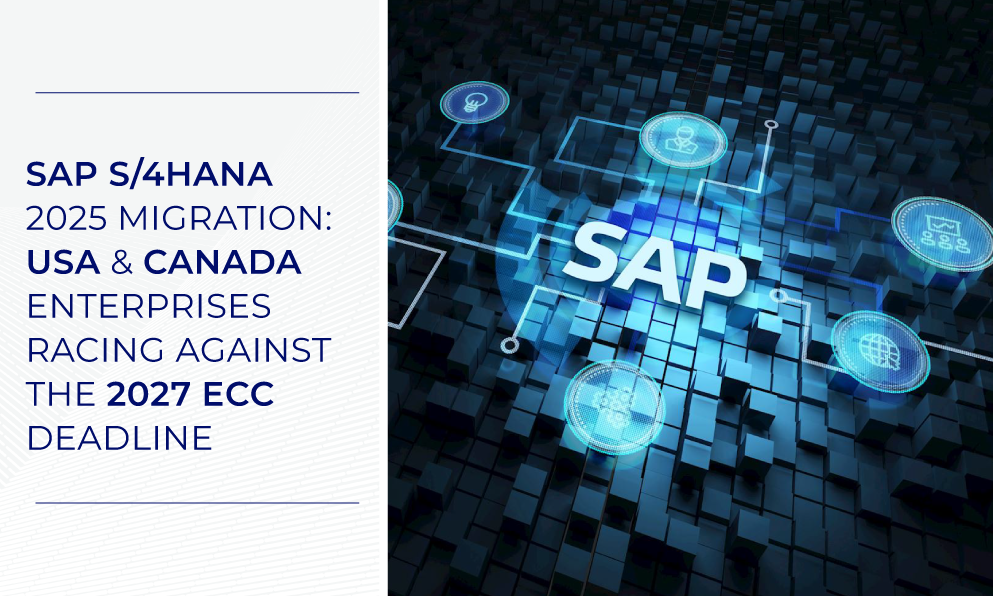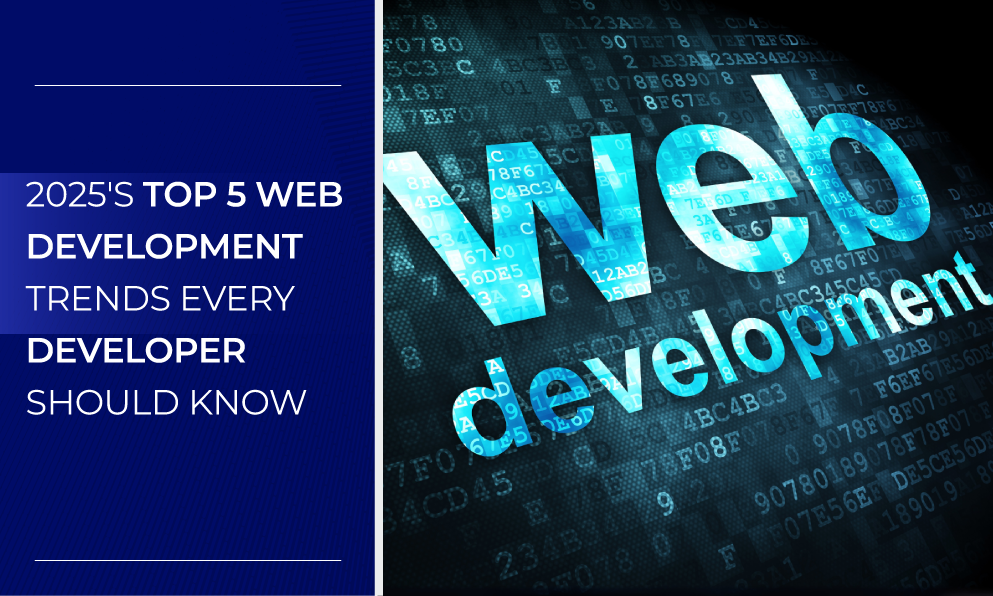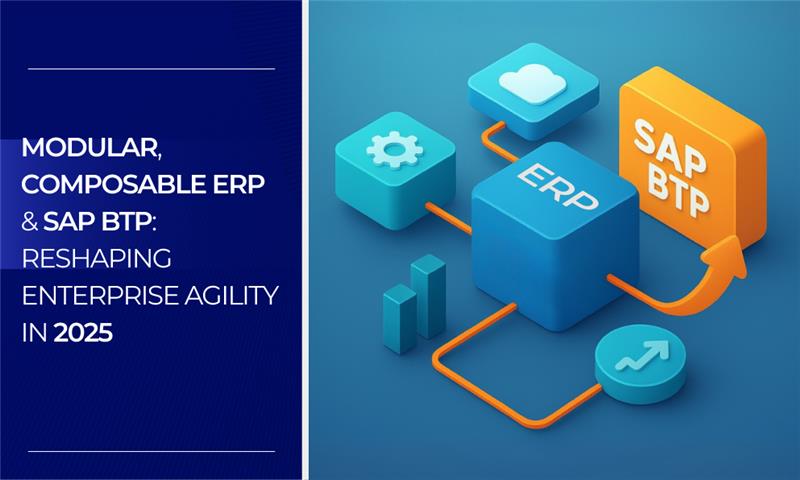In the ever-evolving digital world, the structure of web development is undergoing a dramatic transformation. Traditional monolithic systems are giving way to more agile, flexible, and scalable alternatives. As businesses demand faster time-to-market, seamless integrations, and personalized user experiences across multiple platforms, a new architectural paradigm is emerging: API-driven, composable web development.
Rather than relying on all-in-one platforms that tightly couple the backend and frontend, businesses are increasingly adopting modular, headless, and API-first architectures that allow for unparalleled customization and future-proofing. With support from technology partners like BJIT, companies can confidently transition into this new era of web development. BJIT's expertise and experience in implementing composable architecture across a range of client projects make it a trusted partner in unlocking higher performance, resilience, and scalability.
Understanding Composable Architecture in Web Development
Composable architecture is a modular approach that enables developers to construct websites and applications using interchangeable components, each managed independently and connected through APIs. This model diverges from the limitations of monolithic platforms by allowing the backend logic, frontend presentation, and individual services to operate autonomously yet collaboratively.
The key principles of composable architecture include:
- API-first design, enabling seamless integration between systems.
- Modularity allows services to be independently deployed or replaced.
- Headless capabilities, separating backend systems from frontend presentation layers.
- Cloud-native scalability, offering flexible resource usage as demand shifts.
This approach has become increasingly popular for both large-scale enterprise projects and fast-scaling startups. For instance, e-commerce platforms can use a composable architecture to handle high traffic during sales. In contrast, educational platforms can scale their services to meet the growing needs of their user base. According to Gartner (2023), by 2026, 70% of medium- to large-scale web development initiatives will utilize composable strategies to enhance agility and customer responsiveness.
As a leading global development partner, BJIT implements composable architecture across a range of client projects, optimizing workflows, reducing development overhead, and future-proofing digital infrastructure.
Why API-First Web Development Is Gaining Ground
The modern web demands interoperability. With digital ecosystems spanning CMS platforms, payment gateways, analytics tools, and custom databases, the API-first model enables rapid development and seamless integration across these diverse systems.
Compared to legacy systems, API-first development offers:
- Greater adaptability to new technologies and user interfaces.
- Real-time data synchronization across services.
- Enhanced support for multichannel and omnichannel delivery.
BJIT leverages its extensive experience in API-first development to help clients build applications that are not only modular but also robust enough to accommodate future changes and growth. By utilizing RESTful APIs, GraphQL, and Webhooks, BJIT’s solutions are specifically designed for dynamic, scalable environments. This design ensures that the applications can adapt to evolving user demands, making BJIT a reliable partner for businesses looking to future-proof their digital infrastructure.
API-first development also aligns with the JAMstack architecture, comprising JavaScript, APIs, and Markup, which is gaining traction due to its ability to deliver faster load times and improved security (Strapi, 2025).
BJIT’s Expertise in Building Modular Web Platforms
Modularity is a core tenet of composable architecture. Instead of building a single massive codebase, BJIT creates packaged business capabilities (PBCs) that are self-contained services, such as authentication, content management, search, and payment processing. Each module can be developed, deployed, and scaled independently, which accelerates feature rollout and simplifies maintenance.
Typical modules in BJIT-powered composable systems include:
- Content delivery via headless CMS tools such as Contentful, Sanity, and Strapi.
- Authentication and authorization using Auth0, Firebase, or Clerk.
- Search and filtering are powered by Algolia or Elasticsearch.
- Frontend interfaces built using React, Next.js, Vue, and other frameworks.
This modular approach provides the flexibility to optimize each layer of your web platform using the best tool for the job. Moreover, it facilitates A/B testing, component-level caching, and micro-deployment strategies, leading to faster releases and continuous improvement (Contentful, 2024).
BJIT’s clients frequently benefit from reduced time-to-market and enhanced agility, particularly when developing multi-language websites, localized content systems, and device-responsive web applications.
Performance, Scalability, and Developer Freedom
One of the most significant benefits of adopting a composable and API-first model is performance. Headless architecture allows developers to decouple frontend delivery from backend processing. This results in faster page loads, improved Core Web Vitals, and better search engine optimization.
Because BJIT uses edge deployment platforms such as Vercel, AWS CloudFront, and Netlify, frontend assets are served via global CDNs while backend APIs handle dynamic content. This split architecture ensures optimal speed and reliability, even during traffic spikes.
Additionally, developers working within a composable framework enjoy greater freedom:
- They can choose their preferred tools and frameworks.
- Work is more manageable due to smaller, isolated services.
- Collaboration becomes easier in larger teams working on different modules concurrently.
With BJIT’s agile workflows and version-controlled CI/CD pipelines, clients experience not only increased developer velocity but also more stable and resilient systems.
Real-World Applications and Strategic Benefits
Organizations that move to composable web architectures often realize business-level benefits beyond just technical gains. These include:
- Faster innovation cycles: Teams can deploy new features in weeks instead of months.
- Lower operational costs: Isolated components reduce the risk of system-wide failure, enabling more predictable budgeting.
- Improved user experience: Headless frontends are optimized for speed and designed for flexibility, supporting PWAs, SPAs, and other modern interfaces.
- Omnichannel support: API-first content and services can be delivered across web, mobile, IoT, and wearable devices.
BJIT has successfully implemented a composable architecture for clients across various industries, including finance, education, logistics, and e-commerce, delivering secure, extensible, and high-performance web solutions tailored to their industry-specific needs.
Composable vs. Monolithic: A Strategic Shift
When evaluating composable architecture, it is essential to compare it against the traditional monolithic model:
BJIT helps clients make this transition incrementally, offering hybrid solutions during the migration phase to reduce risks and maintain business continuity.
Preparing for the Future: What Lies Ahead
Composable web development is not just a trend; it is the foundation for the future of digital experiences. As we approach 2026, several innovations will become mainstream in composable systems:
- AI-generated interfaces: Design and layout will dynamically adjust based on user data.
- Augmented and virtual reality support: Modular web components will power immersive experiences.
- Multimodal interfaces: Systems will support voice, gesture, and biometric interactions.
- Post-quantum and zero-trust security: API gateways will evolve to meet modern security standards.
BJIT is at the forefront of this evolution, building solutions that are adaptable to emerging trends without requiring costly overhauls. By embracing composable infrastructure now, businesses position themselves to take advantage of future technologies with minimal disruption.
Is Composable Architecture Right for Your Web Project?
While composable systems offer undeniable advantages, they may not be suitable for every business. However, for organizations aiming to:
- Launch products in multiple markets,
- Improve development speed and code quality,
- Deliver fast, personalized user experiences,
- Reduce long-term maintenance costs,
Composable architecture, guided by an experienced partner like BJIT, is a strong strategic investment.
Even businesses with smaller technical teams can begin the transition gradually. BJIT offers composable readiness assessments, roadmap consultations, and phased implementation strategies to help clients evolve at their own pace.
Conclusion: Partner with BJIT to Build Future-Ready Web Solutions
A composable and API-driven architecture represents a significant shift in how websites and web applications are designed, built, and scaled. This modular, headless, and cloud-native model not only enhances performance and customization but also aligns with modern business needs for agility, innovation, and resilience.
BJIT’s expertise in modern web development enables businesses to adopt this architecture confidently. With a global team of developers, architects, and strategists, BJIT delivers tailored solutions that support growth, reduce risk, and future-proof your digital presence.
If you are ready to unlock the full potential of composable web development, BJIT is here to guide the way.
References
- Commerce Layer. (2024). Composable commerce explained. https://www.commercelayer.io/blog/composable-commerce-explained
- Gartner. (2023). Composable commerce: The future of digital retail. https://www.gartner.com/en/documents/2023
- Medusa. (2025). Why composable commerce is the future. https://www.medusajs.com/blog/composable-commerce-future
- Shopify. (2025). Hydrogen + Oxygen: Headless commerce toolkit. https://shopify.dev/docs/custom-storefronts/hydrogen
- Contentful. (2024). Headless CMS vs traditional CMS. https://www.contentful.com/blog/headless-cms-explained
- Strapi. (2025). API-first development for e-commerce. https://strapi.io/blog/api-first-ecommerce
- BJIT. (2025). BJIT web development solutions with composable architecture. https://bjitgroup.com/solutions/web-development
